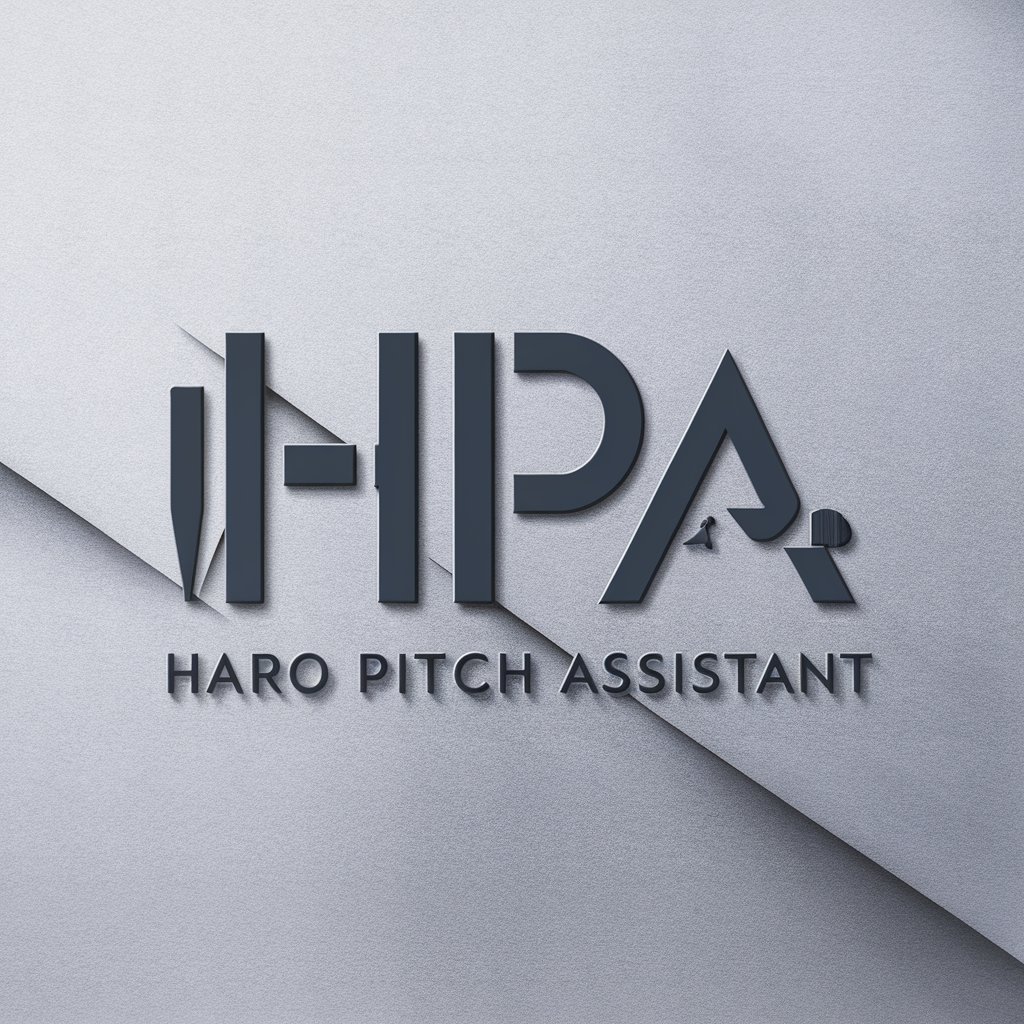Help with AudD API - Music Recognition Support

Welcome! Need help with the AudD API? I'm here to assist.
Decoding Music with AI Precision
Guide developers on using the AudD Music Recognition API by...
Explain how to obtain an API token from the AudD dashboard...
Describe the process for integrating the AudD API into an application...
Provide troubleshooting tips for common issues with the AudD API...
Get Embed Code
Introduction to Help with AudD API
Help with AudD API is designed to assist developers in integrating and utilizing the AudD Music Recognition API in their applications and projects. The primary purpose of this service is to provide comprehensive support on how to effectively use the AudD API, which offers music recognition capabilities by identifying songs from audio clips or humming. This includes guidance on API endpoints, request parameters, response formats, and best practices for implementation. For example, developers can use the API to create apps that recognize music playing in the background of a user's environment or to develop features that allow users to discover song titles and artists by humming a melody. Powered by ChatGPT-4o。

Main Functions of Help with AudD API
Music Recognition
Example
Identifying a song playing in a cafe
Scenario
A developer creates an app that allows users to capture a short audio clip with their smartphone's microphone. The app then uses the AudD API to identify the song and provide the user with the song's title, artist, and other relevant information.
Humming Recognition
Example
Finding a song by humming its tune
Scenario
A music discovery application integrates the AudD API to enable users to hum a tune into their device. The API processes the humming audio and matches it against its database to find the corresponding song or a list of potential matches.
Lyrics Search
Example
Searching for a song by a line from its lyrics
Scenario
An entertainment platform uses the AudD API to allow its users to search for songs by entering a line of lyrics. The API searches its lyrics database and returns the song(s) that contain the entered lyrics, enhancing user experience by making song discovery intuitive and straightforward.
Ideal Users of Help with AudD API Services
App Developers
Developers creating music-related apps, such as song identifier apps, music discovery platforms, or social media apps with music features, will find the AudD API invaluable for adding music recognition capabilities to their applications.
Content Creators and Media Companies
Media companies and content creators who need to identify copyrighted music in user-generated content or wish to integrate music discovery features into their platforms can leverage the AudD API for these purposes.
Educational and Research Institutions
Academic researchers and institutions studying musicology, digital humanities, or developing educational tools around music can use the AudD API to analyze music, recognize patterns, or create interactive learning experiences.

Guidelines for Using Help with AudD API
Trial Access
Visit yeschat.ai for a free trial without login, also no need for ChatGPT Plus.
API Token Acquisition
Obtain your API token by registering at https://dashboard.audd.io. This token is essential for authenticating and accessing the AudD API.
API Integration
Integrate the API into your application by following the documentation provided. Ensure your application can send requests to the API and handle responses.
Testing
Conduct thorough testing with various music tracks to ensure the API is correctly recognizing and responding with accurate data.
Optimization
Fine-tune the API usage based on response times and accuracy. Leverage caching for frequently queried tracks to optimize performance.
Try other advanced and practical GPTs
Robot is Friend
Amplifying Creativity with AI

HARO Pitch Assistant
Streamline Your Media Pitches with AI

横田秀珠's脳
Unlock insights from Hidetamu Yokota's blog with AI.

Ancient Diviner
Unravel Life's Mysteries with AI-Powered Ancient Wisdom

Personal Assistant
Your AI-powered personal assistant for daily tasks

Trigger Stories
Crafting Messages That Move People

AI Robot SIer
Empowering Factory Automation with AI

AdScript Guardian
Ensuring Ad Scripts Meet Standards with AI

Lehman Tenure Guide
Navigating Academic Milestones with AI

東南アジア在住の英語講師のお兄ちゃん
Learn English with a Friendly AI

YouFlix
Discover movies with a laugh

Profitable Project Code Scout
Unleash Profitable Code with AI

Help with AudD API: Detailed Q&A
What is the primary function of the AudD Music Recognition API?
The AudD Music Recognition API is designed to identify music tracks, artists, and albums by analyzing audio samples or humming.
Can the AudD API recognize live music or covers?
Yes, the AudD API has capabilities to recognize live music performances and cover versions, though accuracy may vary based on the quality of the recording and the similarity to the original track.
How can developers handle rate limits with the AudD API?
Developers should implement request throttling and respect the API's rate limits. Consider using caching for common queries to reduce the number of requests.
Is the AudD API suitable for commercial applications?
Yes, the AudD API is designed for both personal and commercial use, but commercial projects may require a different licensing agreement.
What formats of audio files can be used with the AudD API?
The AudD API supports various audio formats including MP3, WAV, and FLAC. However, it's important to ensure that file sizes are manageable to prevent long processing times.
